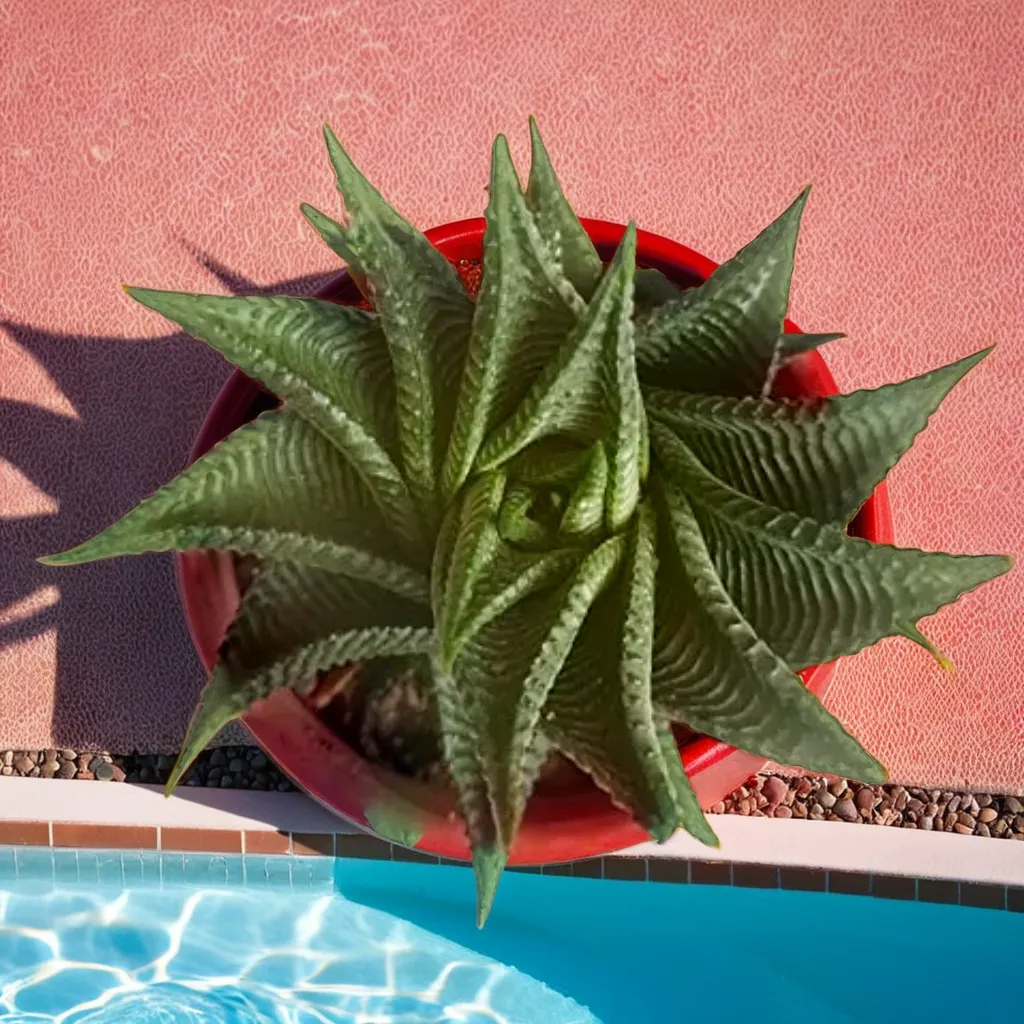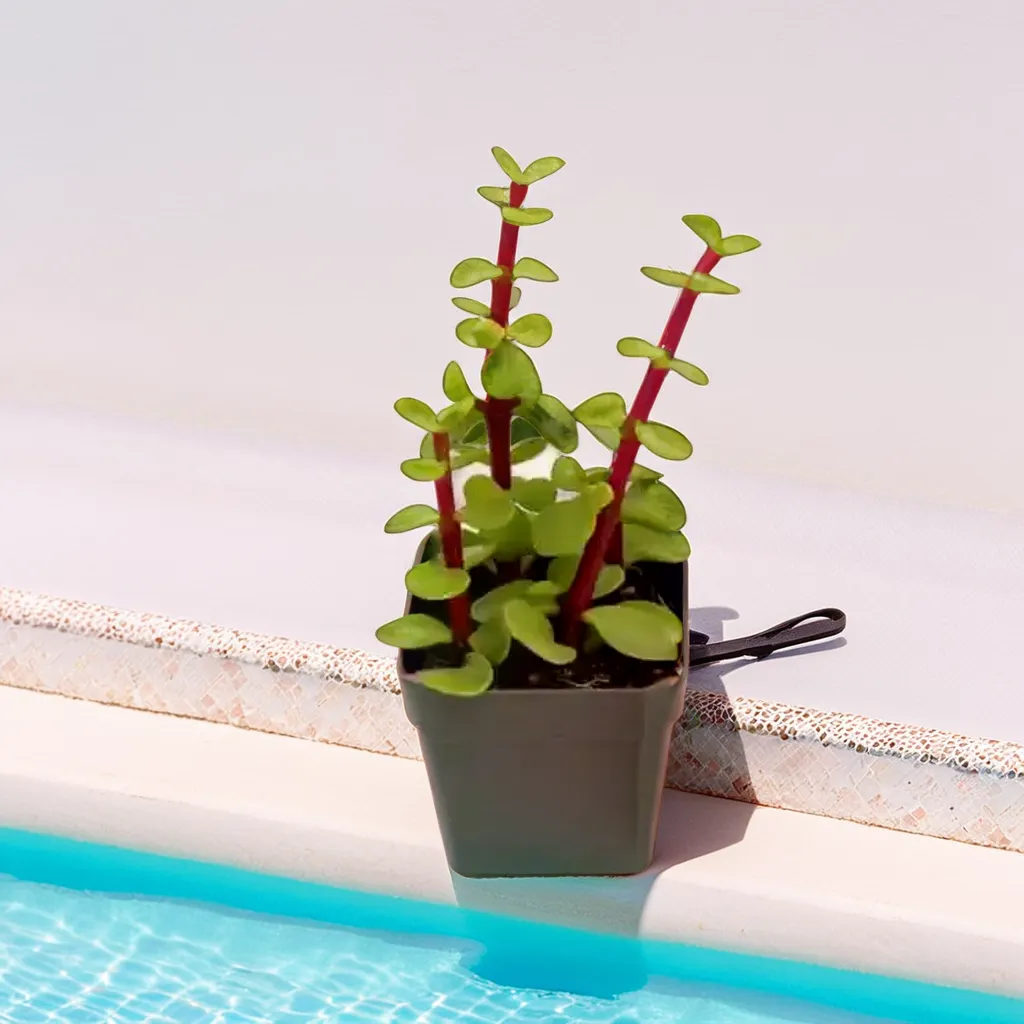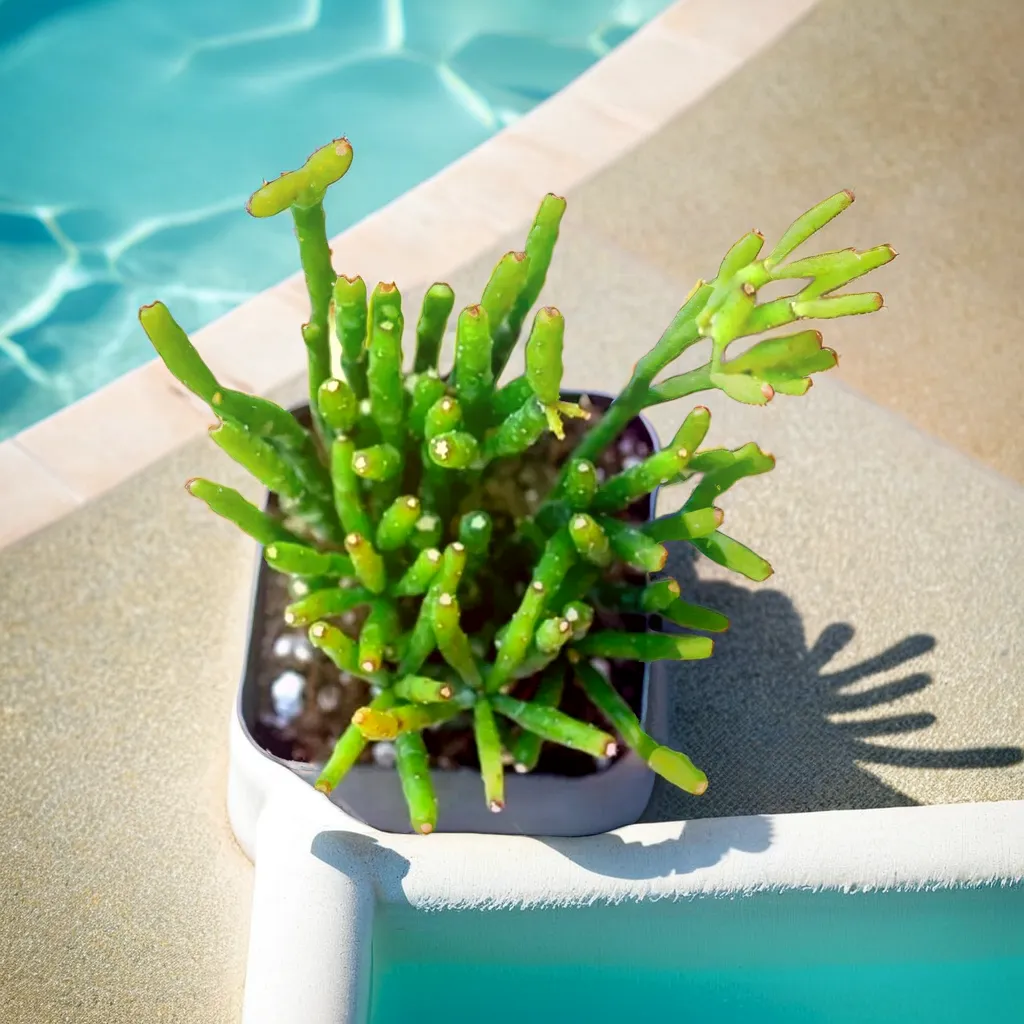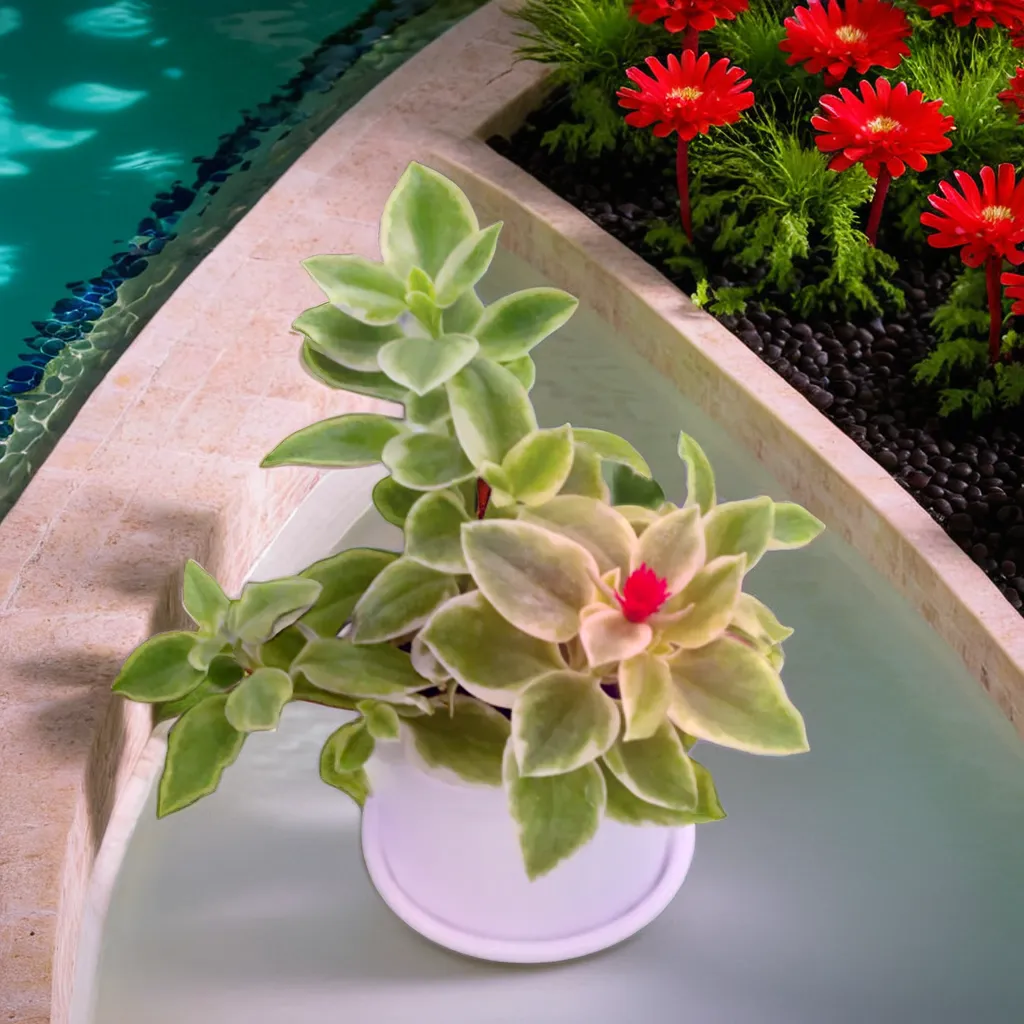Description
Sedeveria is a hybrid succulent plant that is a cross between Sedum and Echeveria. It features rosettes of fleshy leaves and comes in various colors and forms.
how to grow and care for Sedeveria:
- Light requirements: Sedeveria plants thrive in bright sunlight. They prefer at least 4-6 hours of direct sunlight per day. Place them in a location with ample sunlight, such as a south or west-facing window if growing indoors. Outdoors, choose a spot with full sun exposure.
- Temperature and humidity: Sedeveria plants prefer moderate to warm temperatures, ideally between 65-85°F (18-29°C). They can tolerate slightly cooler temperatures but should be protected from frost. These succulents are adapted to low humidity environments and do not require high humidity levels.
- Soil and potting: Sedeveria plants require well-draining soil to prevent root rot. Use a succulent or cactus potting mix, or create your own by combining regular potting soil with perlite or coarse sand. Ensure the pot has drainage holes to allow excess water to escape.
- Watering: Sedeveria plants have low to moderate water requirements. Allow the soil to dry out almost completely between waterings. Water deeply and thoroughly, ensuring water reaches the roots, and then allow the excess water to drain out completely. During the active growing season (spring and summer), water sparingly, approximately once every two weeks. Reduce watering frequency in the winter months when the plant goes into a period of rest.
- Fertilization: Sedeveria plants have modest fertilizer requirements. During the active growing season, you can feed them with a balanced, water-soluble fertilizer formulated for succulents or cacti. Dilute the fertilizer to half strength and apply it once a month. Avoid fertilizing during the winter dormant period.
- Propagation: Sedeveria plants can be propagated through stem cuttings or leaf cuttings. For stem cuttings, take a healthy stem cutting and let it dry for a few days until the cut end calluses. Then, plant the cutting in well-draining soil and keep it lightly moist until roots develop. Leaf cuttings can also be taken by gently removing a leaf and allowing it to dry and callus. Plant the leaf in well-draining soil and mist it occasionally until new plantlets emerge.
- Pruning and grooming: Sedeveria plants generally do not require extensive pruning. However, you can trim back any leggy or overgrown stems to maintain a more compact shape. Pruning can also be done to remove dead or damaged leaves. Gently remove any dust or debris from the leaves using a soft brush or cloth.
- Pests and diseases: Sedeveria plants are generally resistant to pests and diseases. However, they can occasionally be susceptible to mealybugs or aphids. Regularly inspect the plants for any signs of infestation, such as sticky residue or visible pests. If pests are present, treat them with insecticidal soap or use a cotton swab dipped in rubbing alcohol to remove them.
By following these care guidelines, you can enjoy the beauty and unique characteristics of Sedeveria plants as they grow and add charm to your garden or indoor space.
You can also visit our store to buy succulents online , buy succulent planters, buy fertilizers online with various types of indoor plants and hardy succulents . You can refer to our informational site for more details about plant varieties.Click here for agricultural knowledge information.






